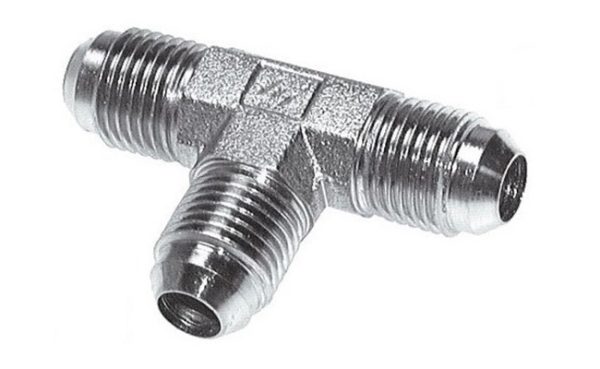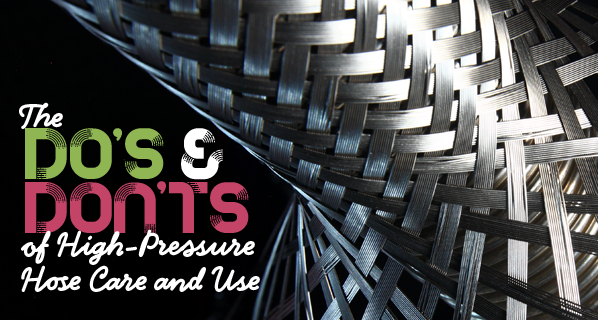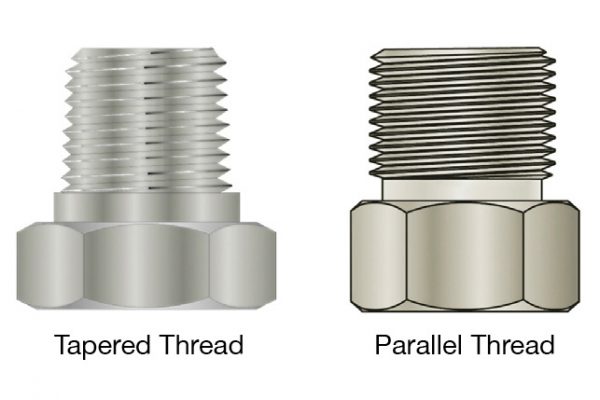Troubleshooting: Science or Black Art?
The increasing complexity of today’s hydraulic equipment means there is a lot to know about proactive maintenance to achieve optimum reliability. It’s my observation that this increasingly specialized knowledge is grossly undervalued in the marketplace. And despite my loud and regular protests to the contrary, the “Holy Grail” of all skills in hydraulics is and always has been one thing: fault-finding.
Yup, whether you and I like it or not, the hot-shot troubleshooter—the man who can cast his eye over a hydraulic system and quickly zero-in on the fault without breaking a sweat—is the “Top Gun” in the hydraulics world. He is a soldier of fortune. Admired by some; envied by many.
Troubleshooting expertise is a valuable and sought-after skill, so why are there so many millwrights, mechanics, technicians, and engineers out there equipped with nothing more than a trial-and-error, hit-and-miss, pluck-and-chuck approach to troubleshooting?
In the beginning of last year, one of my Hydraulics Pro Club members engaged me in a conversation about the skill of troubleshooting (it is a skill on its own). And to cut a long story short, his view was that most mechanics, technicians, etc., would never become competent troubleshooters, no matter how much effort is put into them, because they lack the necessary talent. In other words, he was suggesting that troubleshooting cannot be taught, or if it can, it can only be taught to those candidates with the right aptitude.
I didn’t automatically agree with the assessment that troubleshooting ability is some kind of black art that can only be mastered by those gifted with special powers. It’s a view I’d come across before, but since it wasn’t an issue I’d stopped and given a lot of thought to, I went away and pondered it at length.
After spending some time considering my own experience and that of the many technicians I’ve worked with, supervised, and trained over the years, I came to the conclusion that troubleshooting is not any kind of black art at all. It is indeed a learned skill. And if something can be learned, it can be taught. Furthermore, I concluded that learning how to effectively troubleshoot is not like learning math where you need mathematical aptitude or learning music where you need musical talent.
In other words, I’m convinced that no mystical powers are required to become an expert troubleshooter. Troubleshooting is a skill anyone can learn—anyone who wants to learn, that is. But what does it mean to be an expert troubleshooter? Contrary to what many believe, it has almost nothing to do with the ability to read a hydraulic schematic.
While the ability to read schematics is usually helpful in a hydraulic troubleshooting situation, it’s a secondary skill. I’ve been able to read a schematic for 20 years or more, but it hasn’t stopped me from making more than a few troubleshooting mistakes during that time. And when I’m troubleshooting something other than a hydraulic system, the ability to read a schematic is of no help to me at all.
This is why the troubleshooting process and procedures I teach in my new troubleshooting training can be applied effectively to any system—not just a hydraulic system—because troubleshooting is troubleshooting.
For example, last year my wife started to feel ill after meals. She hadn’t long recovered from an illness that required surgery, so she wasn’t at all keen to start seeing doctors again. As a result, she was putting up with the discomfort.
I started paying attention to exactly what we ate at meals and how she felt afterward. After a couple of days of careful observation, it occurred to me that she could have developed gluten intolerance. I shared my observation with my wife, and she agreed to eliminate all wheat products from her diet as a test. The result was as immediate as it was remarkable. Fifteen months later, she still hasn’t been medically diagnosed as gluten intolerant, but it’s hardly necessary because if she inadvertently eats anything containing even a trace of gluten, it makes her feel sick.
Clearly, I’m not a doctor, but the process I went through to troubleshoot my wife’s condition is the same process I use when troubleshooting a hydraulic system. Note that my ability to read a schematic was not the key; my understanding of the troubleshooting PROCESS was.
And while on the subject of doctors, if you need further evidence that system knowledge in and of itself is not the key to effective troubleshooting, consider this: The vast majority of doctors are highly qualified, and yet hardly a day goes by when you don’t read or hear about a misdiagnosis that had serious or even fatal consequences for the patient. Doctors use the term “misdiagnosis”; I call it what it is: a troubleshooting mistake. Fortunately, unlike doctors, we in the hydraulics business don’t bury our troubleshooting mistakes, but there’s plenty of room for improvement.






